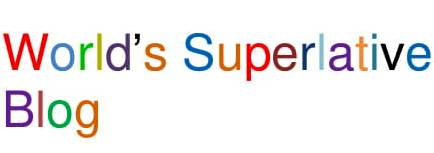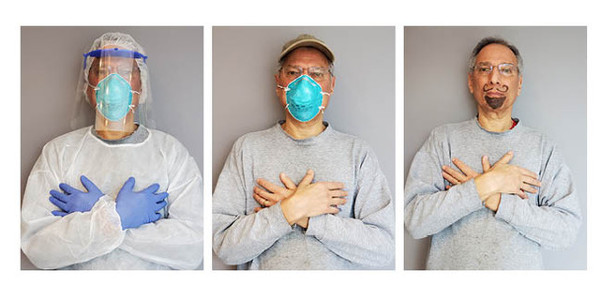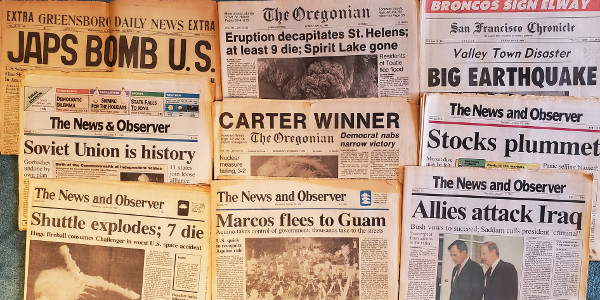Filling in the Blanks
It was uncomfortably intimate, almost like a striptease. I was a member of a team of volunteers doing covid testing in central Washington. Our focus was on two groups: the Yakima Nation tribe, and migrant fruit pickers, both of whom had a high prevalence of covid-19. Though I’d worked with my teammates for almost a week, I didn’t really know what any of them looked like. This was because during testing we were swathed in PPE—hats, masks, face shields, gloves, gowns. Even at the motel where we were staying (in separate rooms, of course), we always wore masks. Meals were ordered in, and delivered to the meeting room. Then we grabbed our bag, and scurried off to our rooms to eat.
Thus, despite working closely with this group, I’d only seen glimpses of the top thirds of their faces. But on this day that changed. Our morning testing site was in the reservation town of White Swan, and our afternoon site wasn’t too far from there. So it didn’t make sense to go all the way back to our motel for lunch. We looked for the taco truck we’d seen in the nearby town of Wapato the previous day, but it wasn’t there. So we had no choice but to eat at the only restaurant that was open.
It felt strange to walk into a restaurant–the first one I’d set foot in in many months–and stranger still to sit at a table so close to other people. Instinctively, we spread out as far as possible. The polite, properly masked server passed out menus, and we ordered through our N-95s. Conversation was attenuated as we waited for our food. Eventually our meals arrived, and slowly my teammates took off their masks. To my utter surprise, the intimacy of this reveal made me feel quite uneasy; it was hard to look anyone straight in the eye. I think I was the last person to un-mask.
Everyone’s face seemed so large, and so bare. But what struck me most was how different my teammates looked than I’d imagined. Carmen’s chin was much sharper, and her mouth smaller. George, it turned out, was Japanese! With his mask, hat, and face shield in place, I had barely been able to see his face at all. And to my surprise, Roscoe had a beard, and a nose that was more prominent than the one I’d placed beneath his mask. I ate my burrito while stealing glances at these exposed, foreign faces, marveling at how different these people looked than the ones I’d been working with all week.
The Wapato restaurant reveal was unsettling. It made me realize that when we interact with others we’re engaged in a constant process of filling in the blanks. I’m not just talking about just filling in the physical blanks–though we certainly may be surprised at the beach when we see a friend or a relative in a bathing suit for the first time! What I mean is this: When we meet someone new, I think that we almost immediately begin to make inferences about them. Even before they open their mouths, we study how they’re dressed, their hairstyle, their presumed ethnicity, and even the way they move. Based on an unconscious integration of all these observations, we make assumptions about their nationality, religion, politics, and education. And after we hear them speak, we make additional conjectures based on their accent and vocabulary. For example, after only a few minutes of interaction with a stranger we may unconsciously peg her as a not particularly well-educated Southerner. This leads to a guess that she probably works in a menial job, and is politically conservative. Then, after a bit more conversation, aren’t we surprised to learn that she’s an engineer for Westinghouse, and a strong supporter of Black Lives Matter! Or, if our initial impression leads us to believe that someone we’ve just met is urban, educated, and well-travelled we may conclude that if he has any spiritual aspirations, he’s a Unitarian at best. But on further conversation, it turns out that he’s a deacon in his Southern Baptist congregation. Only when more of who they really are is revealed do we realize that we had presumptuously—and erroneously–filled in the blanks.
Like watching Bob Ross paint a picture, this fill-in-the-blanks process is dynamic. Sometimes we correctly predict where his trees will go, and that there will be an idyllic stream flowing towards us at the bottom of the painting. But just as often we’re wrong—the trees were on the other side of the mountain, and where we thought a stream would be was simply a valley floor, bursting with lovely spring flowers. So maybe it’s better just to watch Bob paint, and not anticipate what he’s going to put where.
So after the sobering experience of the restaurant reveal, when I meet someone new, I pledge to avoid prematurely filling in the blanks. Rather, I’ll try to keep an open mind, and expect to learn more as I get to know them. I won’t make Carmen’s chin round before I know that it’s actually sharp, or decide whether Roscoe is clean shaven or has a beard. I’ll try just to be sensitive and curious, and with time hope to learn more about who they really are.


